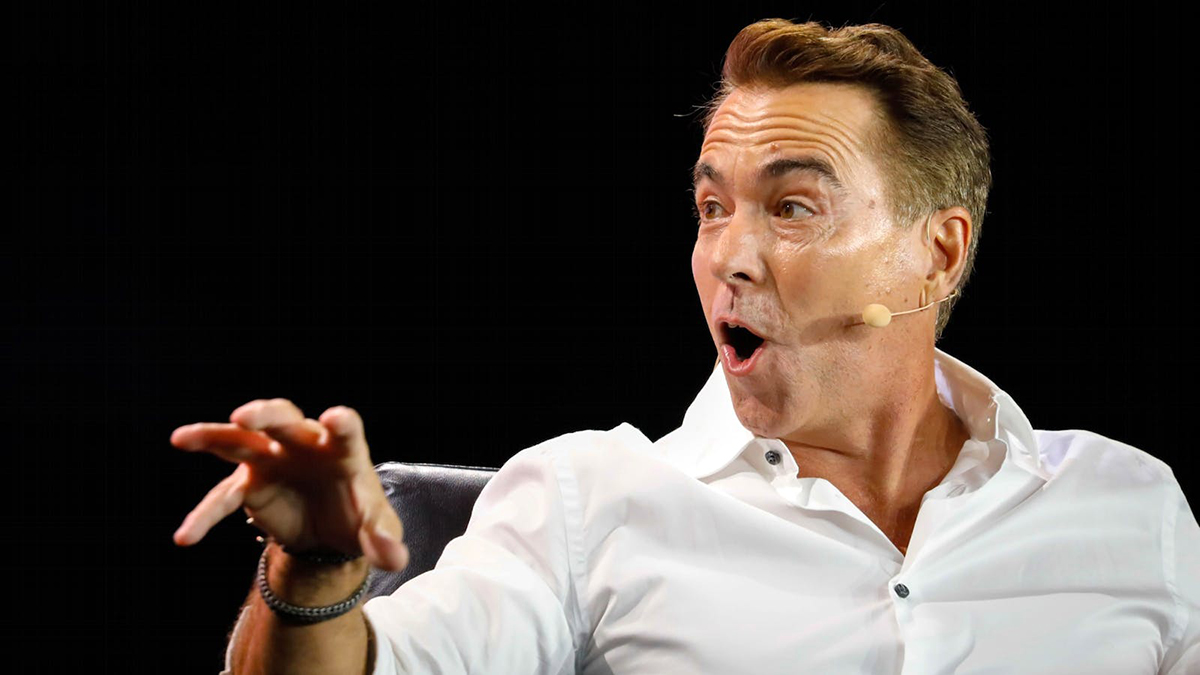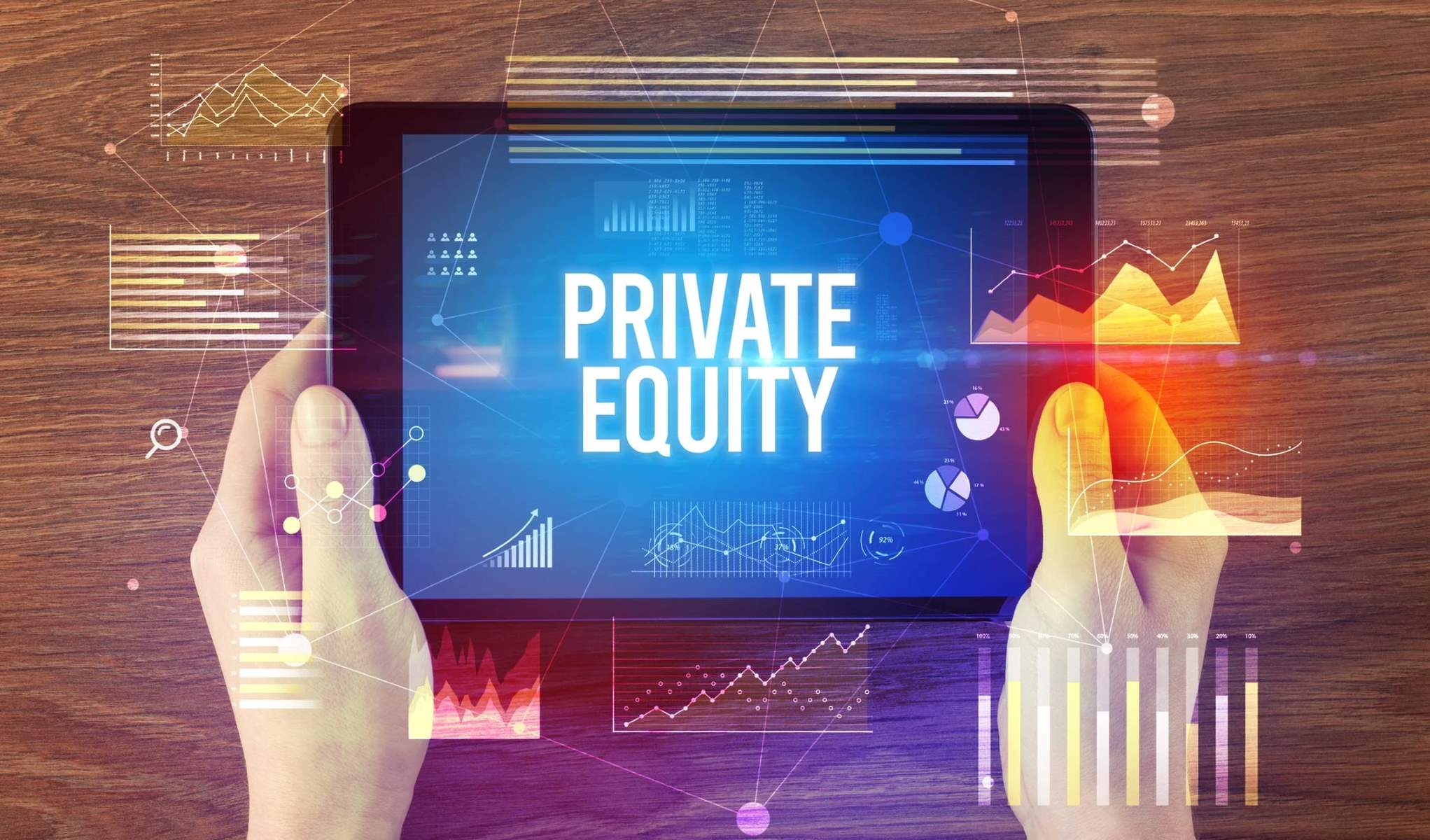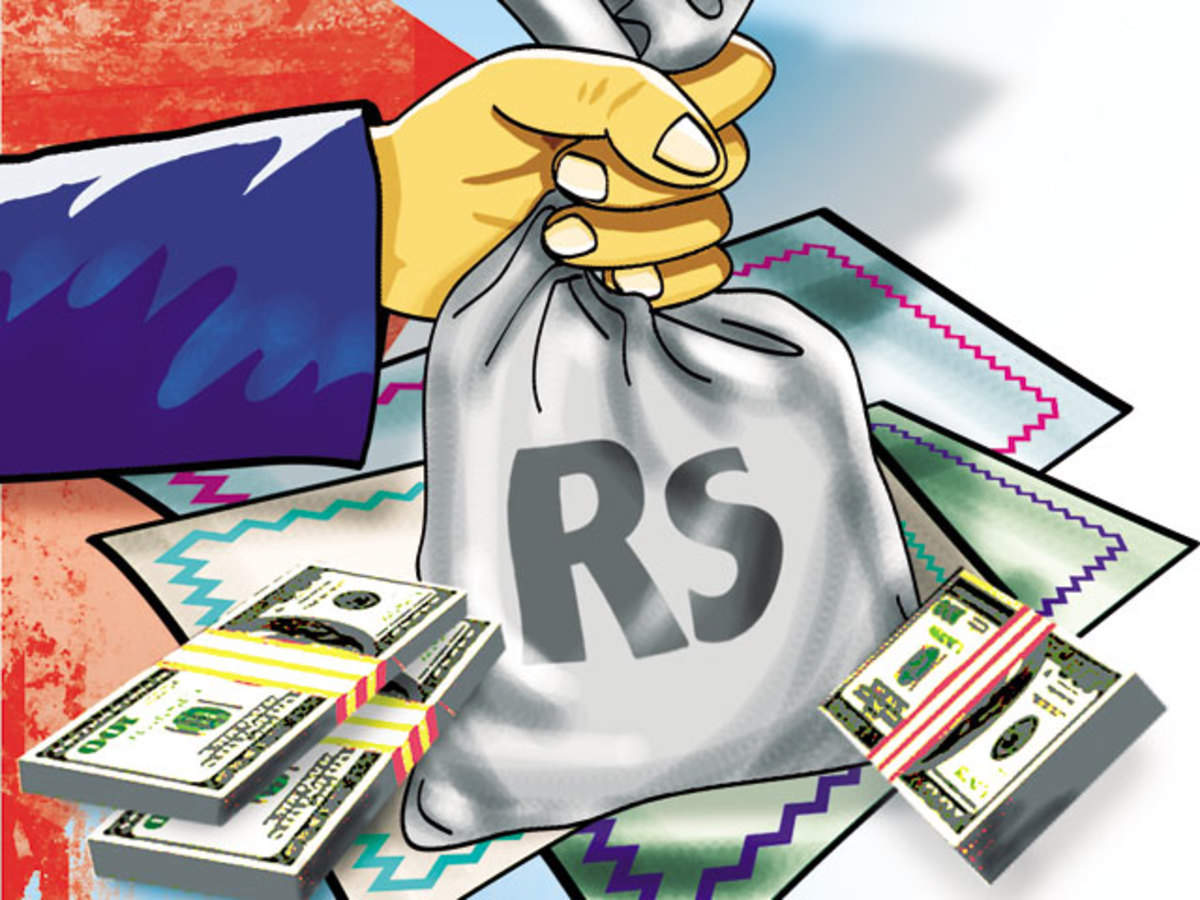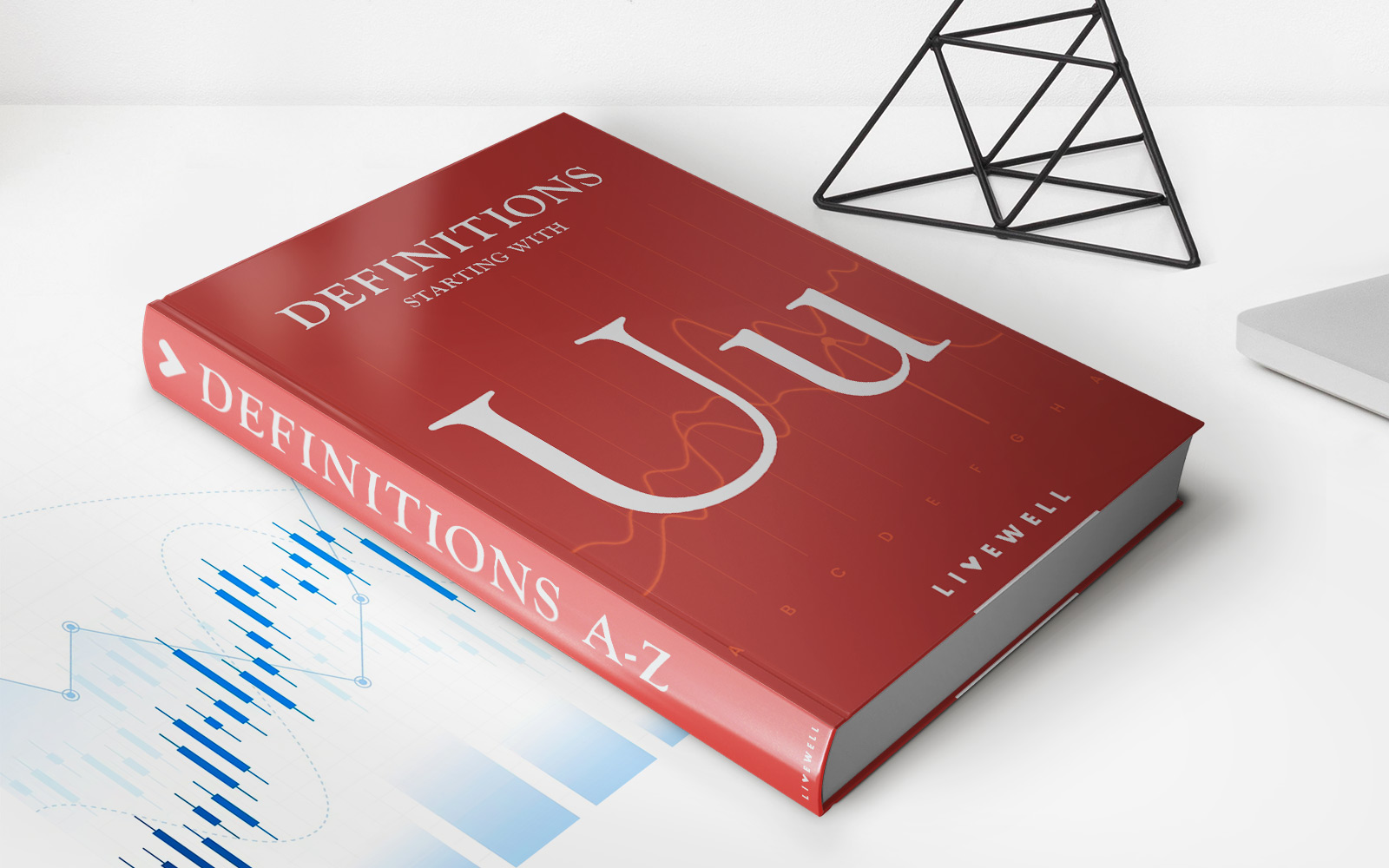

Finance
What Is A Hurdle Rate In Private Equity
Published: January 22, 2024
Learn about the significance of hurdle rates in private equity and their impact on financial decision-making. Understand the role of hurdle rates in finance and investment strategies.
(Many of the links in this article redirect to a specific reviewed product. Your purchase of these products through affiliate links helps to generate commission for LiveWell, at no extra cost. Learn more)
Table of Contents
Introduction
Welcome to the world of private equity, where investors seek to maximize returns through strategic investments in non-publicly traded companies. In this realm, the concept of hurdle rate holds significant importance, serving as a key determinant of investment viability and profitability. Understanding the intricacies of hurdle rate is crucial for both investors and stakeholders, as it directly influences the decision-making process in private equity ventures.
As we delve into the realm of private equity, it’s essential to comprehend the fundamental principles that underpin successful investment strategies. The hurdle rate, often referred to as the minimum acceptable rate of return, plays a pivotal role in evaluating the feasibility and potential of investment opportunities. By setting a predefined benchmark, investors can effectively gauge the performance of their investments and make informed decisions based on the projected returns.
Throughout this comprehensive exploration, we will unravel the essence of hurdle rate in private equity, shedding light on its significance, calculation methods, and the underlying factors that influence its determination. By the end of this journey, you will gain a profound understanding of how hurdle rate shapes the landscape of private equity investments and its impact on the decision-making process.
Understanding Hurdle Rate
At its core, the hurdle rate represents the minimum rate of return that an investment must generate to warrant consideration in the realm of private equity. This critical benchmark serves as a yardstick for evaluating the potential profitability of an investment opportunity. In essence, it delineates the threshold that an investment must surpass to be deemed financially viable.
When assessing the hurdle rate, it’s imperative to recognize its role as a risk-adjusted return expectation. This means that the hurdle rate incorporates the inherent risks associated with a particular investment, reflecting the level of risk tolerance and desired compensation for assuming such risks. Consequently, investments with higher perceived risks typically necessitate a correspondingly higher hurdle rate, aligning with the principle of risk-return tradeoff.
Moreover, the hurdle rate plays a pivotal role in aligning the interests of investors and stakeholders. By establishing a clear benchmark for expected returns, the hurdle rate serves as a mechanism for ensuring that investment opportunities are aligned with the overarching financial objectives of the stakeholders. This alignment fosters transparency and accountability, shaping a cohesive framework for evaluating and pursuing lucrative investment avenues.
Furthermore, the hurdle rate embodies the concept of opportunity cost, encapsulating the notion that funds allocated to a specific investment could have been alternatively deployed elsewhere. As such, the hurdle rate encapsulates the foregone opportunities and the associated returns that could have been realized through alternative investments, adding a layer of complexity to the decision-making process.
Ultimately, understanding the intricacies of the hurdle rate is essential for navigating the dynamic landscape of private equity investments. By grasping the underlying principles that govern this fundamental concept, investors and stakeholders can make informed decisions, ascertain the viability of investment opportunities, and strive to optimize their investment portfolios in pursuit of sustainable returns.
Importance of Hurdle Rate in Private Equity
The significance of the hurdle rate in the realm of private equity cannot be overstated, as it serves as a cornerstone for evaluating and prioritizing investment opportunities. By delineating the minimum acceptable rate of return, the hurdle rate plays a pivotal role in guiding investment decisions, aligning stakeholder interests, and mitigating investment risks.
One of the primary functions of the hurdle rate lies in its ability to filter and prioritize investment opportunities based on their potential for generating favorable returns. By establishing a predetermined benchmark, investors can systematically assess the viability of various investment options, enabling them to focus on opportunities that offer the potential to exceed the hurdle rate and deliver substantial returns.
Furthermore, the hurdle rate fosters a disciplined approach to investment evaluation, instilling a sense of rigor and prudence in the decision-making process. This disciplined approach is instrumental in mitigating the inherent risks associated with private equity investments, as it encourages thorough due diligence and comprehensive risk assessment before committing capital to a particular venture.
Moreover, the hurdle rate serves as a unifying metric that aligns the interests of investors, fund managers, and other stakeholders involved in private equity ventures. By establishing a common benchmark for evaluating investment performance, the hurdle rate facilitates transparency and accountability, ensuring that investment decisions are guided by a shared objective of maximizing returns while managing risks effectively.
Additionally, the hurdle rate plays a vital role in optimizing the allocation of resources within a private equity portfolio. By employing the hurdle rate as a yardstick for assessing investment opportunities, fund managers can strategically allocate capital to ventures that demonstrate the potential to meet or exceed the established return threshold, thereby optimizing the overall portfolio performance.
Overall, the importance of the hurdle rate in private equity transcends its numerical value, as it embodies a strategic framework for evaluating, prioritizing, and optimizing investment decisions. By integrating the hurdle rate into the fabric of private equity practices, investors and stakeholders can navigate the complex landscape of investment opportunities with clarity, purpose, and a steadfast commitment to achieving sustainable returns.
Calculation of Hurdle Rate
Calculating the hurdle rate in private equity entails a meticulous process that integrates various factors to derive a comprehensive assessment of the minimum acceptable rate of return. While the specific methodology for calculating the hurdle rate may vary based on the nuances of the investment landscape and the preferences of stakeholders, several common approaches are widely employed to ascertain this critical benchmark.
One prevalent method for calculating the hurdle rate is the use of the Capital Asset Pricing Model (CAPM), which factors in the risk-free rate, market risk premium, and beta coefficient of the investment. By incorporating these elements, the CAPM provides a systematic framework for determining the expected return that compensates for the inherent risks associated with the investment, thereby yielding a nuanced and risk-adjusted hurdle rate.
Another approach involves applying the Weighted Average Cost of Capital (WACC) methodology, which accounts for the cost of equity and the cost of debt in proportion to their respective weights in the capital structure. This method yields a holistic perspective on the opportunity cost of capital, considering both equity and debt components to derive a comprehensive hurdle rate reflective of the firm’s capital structure.
Furthermore, the Internal Rate of Return (IRR) serves as a fundamental tool for calculating the hurdle rate, especially in the context of evaluating potential investments. By leveraging the IRR, investors can determine the discount rate that equates the present value of expected cash flows to the initial investment, thereby establishing a threshold that the investment must surpass to meet the predefined return expectations.
Additionally, the use of scenario analysis and sensitivity modeling can enrich the calculation of the hurdle rate by incorporating dynamic variables and market contingencies. By simulating various scenarios and assessing the impact of changing market conditions on investment returns, stakeholders can gain a nuanced understanding of the potential range of hurdle rates, enabling them to make informed decisions in the face of market volatility and uncertainty.
Ultimately, the calculation of the hurdle rate in private equity demands a comprehensive evaluation of risk, return expectations, and market dynamics. By leveraging robust methodologies such as CAPM, WACC, IRR, and scenario analysis, stakeholders can derive a nuanced and contextually relevant hurdle rate that aligns with the overarching investment objectives and risk tolerance, thereby empowering informed decision-making and strategic allocation of capital within the private equity landscape.
Factors Affecting Hurdle Rate
The determination of the hurdle rate in private equity is influenced by a myriad of factors that collectively shape the risk-return dynamics and investment landscape. Understanding these influential elements is crucial for stakeholders seeking to establish a nuanced and contextually relevant hurdle rate that aligns with the intricacies of the investment environment and the overarching financial objectives.
One pivotal factor that exerts a profound impact on the hurdle rate is the perceived level of investment risk. Investments characterized by higher inherent risks, such as ventures in volatile markets or emerging industries, often necessitate a correspondingly higher hurdle rate to compensate for the elevated risk exposure. Conversely, investments with lower perceived risks may warrant a relatively lower hurdle rate, reflecting the nuanced risk-return tradeoff that underpins the determination of this critical benchmark.
Market conditions and macroeconomic factors also play a significant role in shaping the hurdle rate. Fluctuations in interest rates, inflationary pressures, and overall market volatility can influence the opportunity cost of capital and the expected returns from investments, thereby impacting the threshold that investments must surpass to be deemed financially viable. As such, stakeholders must remain attuned to the dynamic interplay of market forces and macroeconomic indicators when determining the hurdle rate.
The time horizon of the investment and the associated liquidity considerations constitute another influential factor affecting the hurdle rate. Investments with longer gestation periods or limited liquidity may necessitate a higher hurdle rate to account for the extended commitment of capital and the associated opportunity costs. Conversely, investments with shorter time horizons and enhanced liquidity may warrant a relatively lower hurdle rate, aligning with the expedited return expectations.
Moreover, the cost of capital and the prevailing financing structure of the investment also impact the determination of the hurdle rate. The cost of equity and the cost of debt, as well as their respective weights in the capital structure, contribute to the calculation of the weighted average cost of capital (WACC), which in turn influences the hurdle rate. Additionally, the capital stack and the preferences of investors and lenders can shape the risk-adjusted hurdle rate, reflecting the nuanced interplay of financing dynamics and return expectations.
Regulatory considerations, tax implications, and geopolitical factors further contribute to the multifaceted landscape that shapes the hurdle rate. Changes in regulatory frameworks, tax policies, and geopolitical dynamics can introduce uncertainties and alter the risk-return dynamics, necessitating a recalibration of the hurdle rate to reflect the evolving investment environment and associated contingencies.
By comprehensively evaluating these and other pertinent factors, stakeholders can derive a nuanced understanding of the contextual determinants that influence the hurdle rate in private equity. This holistic perspective empowers stakeholders to calibrate the hurdle rate in alignment with the dynamic interplay of risk, return expectations, market dynamics, and investment nuances, thereby fostering informed decision-making and strategic allocation of capital within the private equity domain.
Hurdle Rate vs. Required Rate of Return
While both the hurdle rate and the required rate of return are pivotal concepts in the realm of investment evaluation, they embody distinct perspectives and serve different functions in guiding decision-making processes. Understanding the nuances and interplay between these two benchmarks is essential for stakeholders navigating the intricacies of private equity investments.
The hurdle rate, often referred to as the minimum acceptable rate of return, represents the threshold that an investment must surpass to warrant consideration. It serves as a predefined benchmark that guides investment evaluation, filtering opportunities based on their potential to meet or exceed the established return threshold. In contrast, the required rate of return reflects the specific return expectations of investors and stakeholders, encompassing the desired level of compensation for assuming investment risks and committing capital to a particular venture.
One fundamental distinction between the two benchmarks lies in their orientation and application. The hurdle rate is typically set by the investment manager or stakeholders, representing a standardized benchmark that governs investment viability and prioritization. In contrast, the required rate of return is inherently subjective, varying across individual investors and stakeholders based on their risk tolerance, financial objectives, and unique preferences.
Moreover, the hurdle rate encapsulates a risk-adjusted perspective, integrating the inherent risks associated with the investment to delineate the minimum acceptable return. This risk-adjusted approach aligns with the principle of risk-return tradeoff, whereby investments with higher perceived risks necessitate a correspondingly higher hurdle rate. On the other hand, the required rate of return reflects the specific return expectations of investors, encompassing both the desired level of compensation for risk and the pursuit of financial objectives.
Furthermore, the application of these benchmarks differs in the context of investment evaluation and decision-making. The hurdle rate serves as a filtering mechanism, enabling stakeholders to systematically assess the viability of investment opportunities based on their potential to meet or exceed the predefined return threshold. In contrast, the required rate of return guides individual investment decisions, serving as a personalized benchmark that aligns with the distinct return expectations and risk preferences of investors.
Ultimately, while the hurdle rate and the required rate of return share the common goal of guiding investment evaluation, they diverge in their orientation, application, and underlying principles. By recognizing the nuanced interplay between these benchmarks, stakeholders can navigate the private equity landscape with clarity, aligning investment opportunities with the predefined return thresholds and the distinct return expectations of investors, thereby fostering informed decision-making and strategic allocation of capital.
Conclusion
Embarking on the journey to comprehend the intricacies of hurdle rate in private equity unveils a profound understanding of the pivotal role this benchmark plays in shaping investment decisions, risk assessment, and portfolio optimization. As we navigate the dynamic landscape of private equity investments, the significance of the hurdle rate becomes increasingly evident, serving as a guiding beacon that aligns stakeholder interests, filters investment opportunities, and fosters disciplined decision-making.
Through our exploration, we have unraveled the essence of the hurdle rate, recognizing it as the minimum acceptable rate of return that investments must surpass to warrant consideration. This critical benchmark encapsulates the risk-adjusted return expectations, integrating the inherent risks associated with investments and aligning them with the overarching financial objectives of stakeholders. By doing so, the hurdle rate shapes a strategic framework for evaluating and prioritizing investment opportunities, instilling a sense of rigor and prudence in the decision-making process.
Moreover, the calculation of the hurdle rate, influenced by factors such as investment risk, market conditions, time horizon, and financing dynamics, demands a nuanced evaluation that integrates diverse elements to derive a comprehensive assessment of the minimum acceptable rate of return. This comprehensive approach empowers stakeholders to calibrate the hurdle rate in alignment with the dynamic interplay of risk, return expectations, market dynamics, and investment nuances, thereby fostering informed decision-making and strategic allocation of capital within the private equity domain.
Furthermore, the distinction between the hurdle rate and the required rate of return sheds light on the multifaceted nature of investment evaluation, recognizing the unique orientations and applications of these benchmarks. While the hurdle rate serves as a standardized filtering mechanism that guides investment viability and prioritization, the required rate of return embodies personalized return expectations, reflecting the distinct risk preferences and financial objectives of individual investors and stakeholders.
As we conclude this exploration, it becomes evident that the hurdle rate is not merely a numerical benchmark but a strategic compass that steers investment decisions, aligns stakeholder interests, and fosters disciplined and informed decision-making. By integrating the nuances of the hurdle rate into the fabric of private equity practices, stakeholders can navigate the investment landscape with clarity, purpose, and a steadfast commitment to achieving sustainable returns, thereby shaping a resilient and optimized portfolio that reflects the dynamic interplay of risk and opportunity in the private equity domain.














